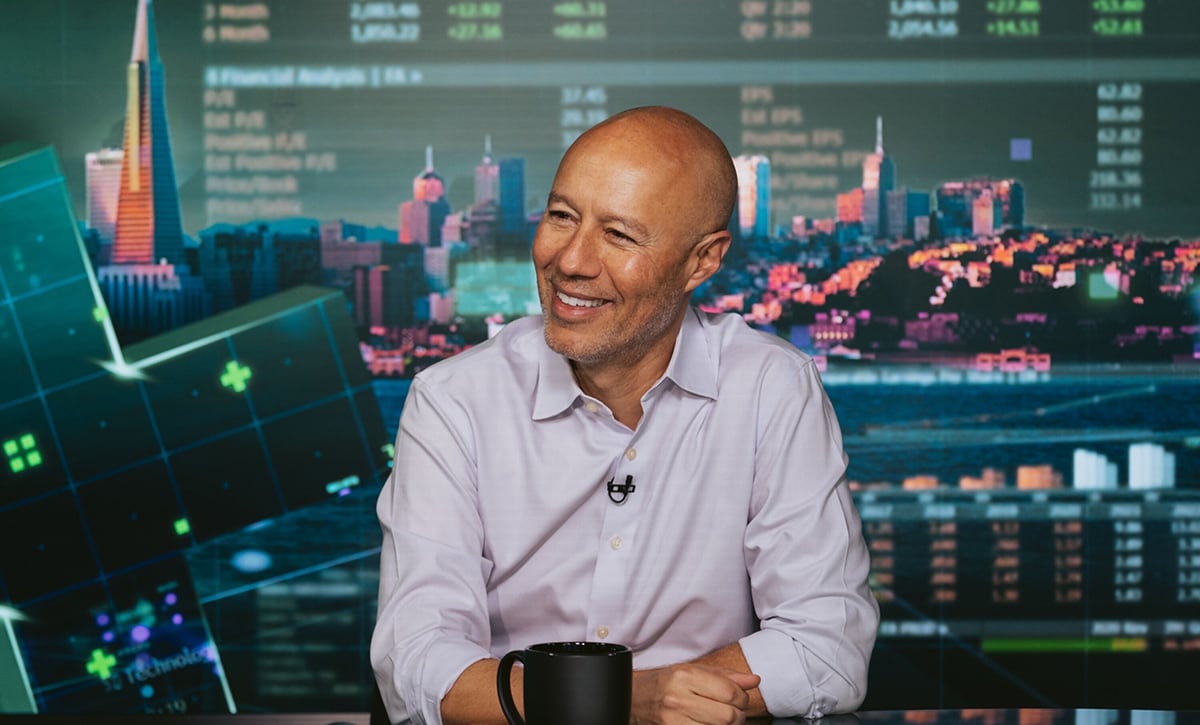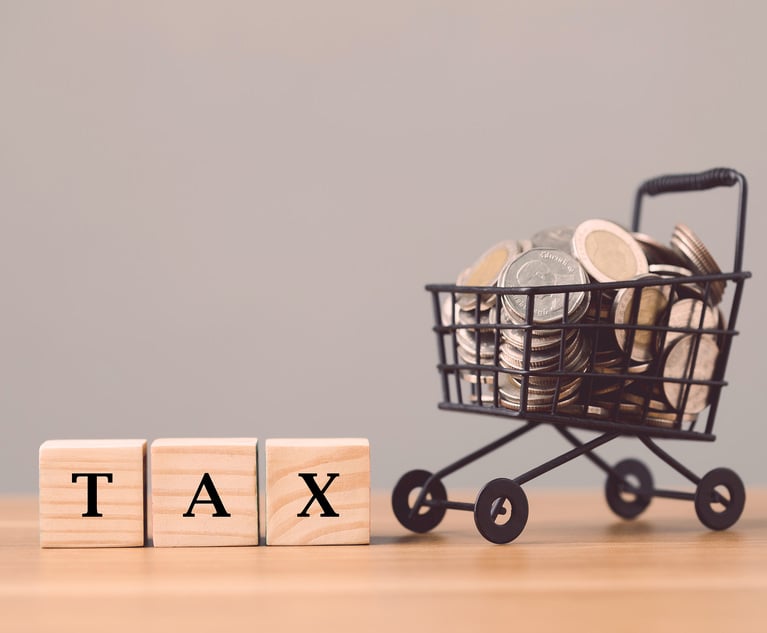First, the London interbank offered rate (commonly known as Libor) is going up. And second, the dollar's been going down.
Until mid-October, the relative performance of the Russell 2000 Index versus the S&P 500 Index loosely tracked the ratio of a basket of high-tax stocks compiled by Goldman Sachs versus their lower-tax peers. It made sense: Smaller firms tend to be more domestically focused than their larger-cap peers, and as such, were poised to benefit more from a decline in the U.S. corporate rate.
But around that time, three-month Libor costs started to surge, and ended up gaining 40 basis points in a little over three months. Soon thereafter, the Bloomberg Dollar Spot Index headed south, and proceeded to sink to its lowest level since the start of 2015 earlier this month.
Complete your profile to continue reading and get FREE access to Treasury & Risk, part of your ALM digital membership.
Your access to unlimited Treasury & Risk content isn’t changing.
Once you are an ALM digital member, you’ll receive:
- Critical Treasury & Risk information including in-depth analysis of treasury and finance best practices, case studies with corporate innovators, informative newsletters, educational webcasts and videos, and resources from industry leaders.
- Exclusive discounts on ALM and Treasury & Risk events.
- Access to other award-winning ALM websites including PropertyCasualty360.com and Law.com.
*May exclude premium content
Already have an account? Sign In
© 2024 ALM Global, LLC, All Rights Reserved. Request academic re-use from www.copyright.com. All other uses, submit a request to [email protected]. For more information visit Asset & Logo Licensing.







